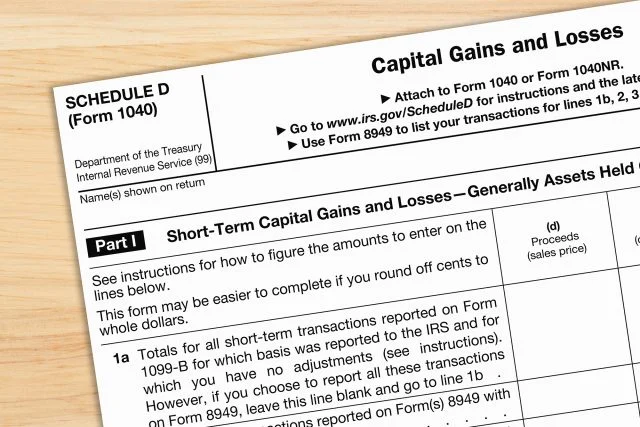Tag: taxes

Once a year, Social Security reports on the program’s financial outlook but the bottom line doesn’t change: the reserve in the trust fund is running out of money. Many workers and retirees go straight to the inaccurate worst-case scenario: retirement benefits will cease when the reserve is depleted. In fact, if Congress doesn’t address t…

Manhattan residents who itemize their federal tax returns pay an average $102,000 in state and local taxes – more than anywhere else. The second highest tax tabs, nearly $50,000, are in Marin County, the home of musicians and movie stars across the Golden Gate Bridge from San Francisco. Other enclaves with large bills for property,…











